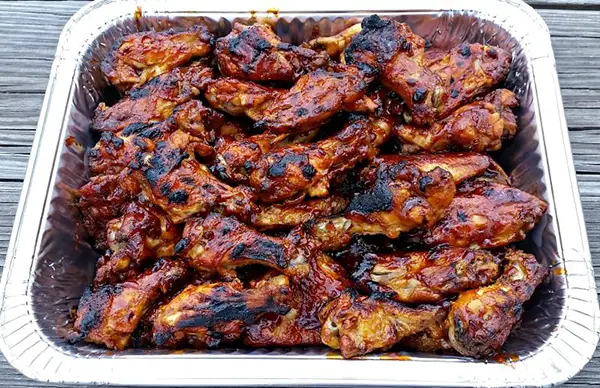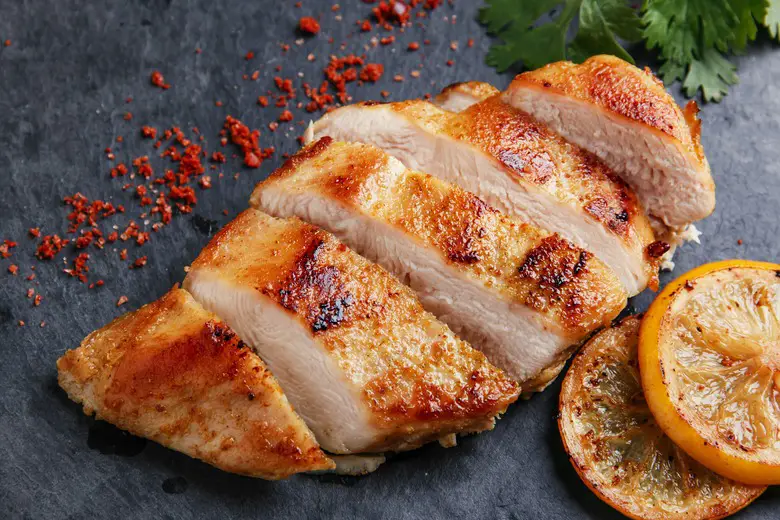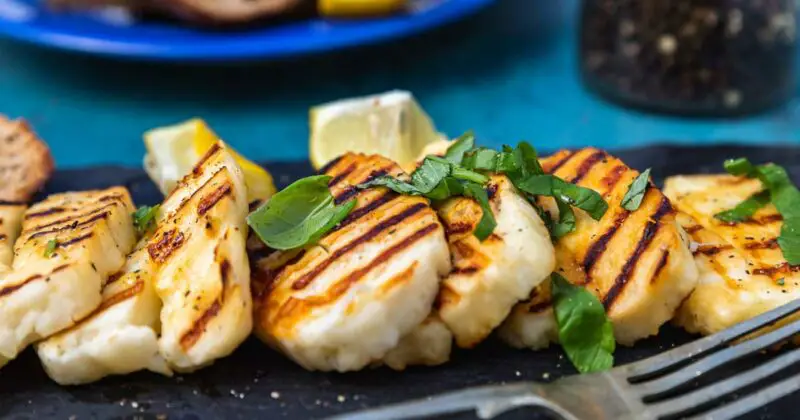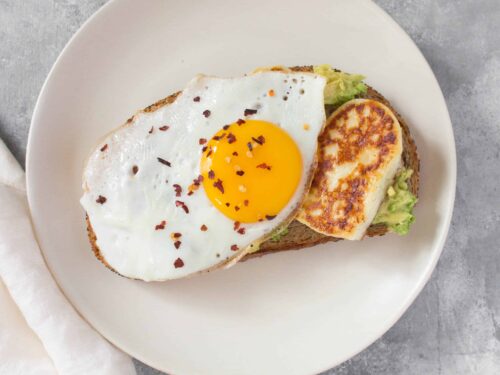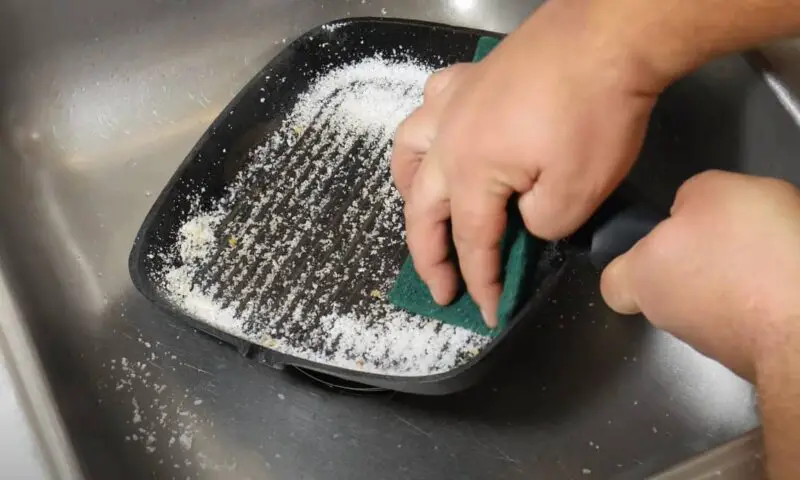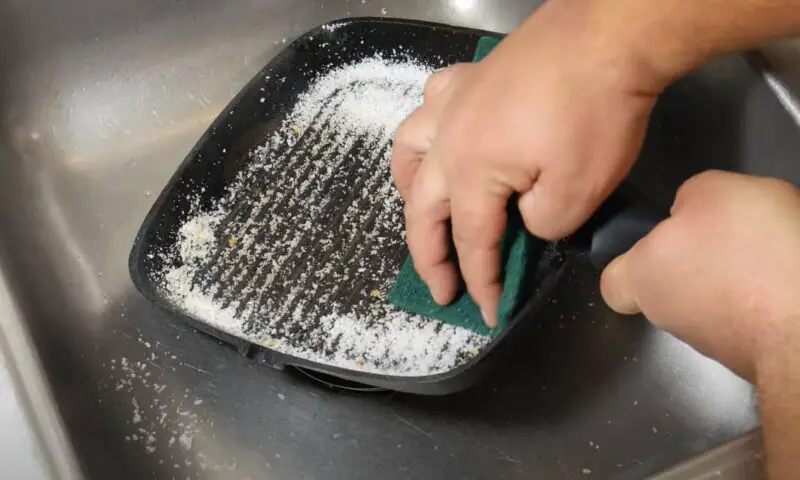How to Cook Chicken in an Aluminum Pan: A Comprehensive Guide
Aluminum pans are one of the most commonly used cookware in many households around the world. They are known for their versatility, durability, and ease of use. Chicken is undoubtedly one of the most widely consumed protein sources globally, and cooking it in an aluminum pan is an excellent way to enjoy a healthy and delicious meal.
In this article, we will provide you with a comprehensive guide on how to cook chicken in an aluminum pan. We will cover everything from selecting the right pan to preparing the chicken and the cooking process. We will also provide you with some safety tips and recipe suggestions.
Why Cook Chicken in an Aluminum Pan?
Cooking chicken in an aluminum pan comes with numerous benefits that make it one of the best ways to prepare this staple food. Below are some reasons why you should consider using an aluminum pan when cooking chicken:
- Aluminum pans are excellent at distributing heat evenly, thus ensuring that your chicken cooks thoroughly without burning.
- They are affordable and readily available in most stores.
- Aluminum pans come in different sizes, shapes, and designs, giving you a wide range of options to choose from depending on your cooking needs.
- They are lightweight and easy to handle when cooking, reducing the risk of burns or accidents in the kitchen.
However, despite their numerous benefits, aluminum pans come with some disadvantages that you should be aware of before using them for cooking:
- Aluminum is known to react with acidic foods such as tomatoes, citrus fruits, or vinegar. When this happens, the food may pick up a metallic taste or discolouration.
- Cooking highly acidic foods in aluminum pans can lead to leaching of metal ions into the food, which can be harmful to your health if consumed in large amounts.
- Aluminum pans are not dishwasher friendly, and washing them manually can be time-consuming.
Factors to Consider When Selecting an Aluminum Pan for Cooking Chicken
When selecting an aluminum pan for cooking chicken, several factors come into play. Below are some critical considerations to help you choose the right pan:
- The size of the pan: The size of the aluminum pan should depend on the amount of chicken you plan to cook. Choose a shallow pan if you want crispy skin and a deep pan if you plan to cook juicy chicken pieces with some liquid.
- The type of chicken cut: Some chicken cuts require specific cooking methods and techniques. For instance, bone-in chicken requires more time to cook than boneless chicken, so you may need a deeper pan when cooking it.
- The shape and design of the pan: Choose an aluminum pan with handles that are comfortable and easy to grip when moving it around the kitchen. Additionally, opt for one that is oven safe if you plan to use it for baking or roasting your chicken.
- The thickness of the pan: The thickness of the aluminum pan determines its durability and ability to distribute heat evenly. Thicker pans tend to last longer but take longer to heat up, while thinner ones heat up faster but may warp over time.
Preparation
Before cooking your chicken in an aluminum pan, there are several preparation steps you need to follow for best results.
Choosing the Right Chicken Cut
One of the most crucial steps in preparing your chicken is choosing the right cut. Some common types of chicken cuts include breasts, thighs, drums, wings, and the whole chicken. Each cut requires specific handling, and the cooking time varies depending on the size and thickness of the meat.
Breasts are perfect for grilling, baking, or sautéing as they are lean with no bones. Thighs are juicier and have a higher fat content, making them ideal for slow-cooking, roasting, or grilling. Drums and wings are perfect for deep-frying or dry rub seasoning before grilling or baking. The whole chicken is more versatile and can be roasted, grilled, or cooked in a slow cooker.
Marinating the Chicken
Marinating your chicken enhances its flavour and adds some moisture to it. You can use store-bought marinades or make your own using ingredients such as garlic, lemon juice, olive oil, salt, pepper, paprika or any other custom seasoning that you prefer.
To marinate your chicken effectively:
- Clean your hands and working surfaces thoroughly to prevent contamination.
- Cut your chicken pieces uniformly to ensure even cooking.
- Add enough marinade to cover the chicken pieces entirely.
- Cover the marinated chicken with cling film or a lid and let it sit in the fridge for at least 30 minutes to overnight. The longer you marinate it, the more flavourful it becomes.
Preparing a Seasoning Blend
Apart from marinating your chicken in a liquid sauce, you can choose to use some seasoning blend by rubbing it on top of your meat before cooking. Some common seasoning blends include paprika, garlic powder onion powder, cumin seeds salt and black pepper.
Ensure that you mix your seasoning blend well in a bowl before rubbing it all over your chicken pieces.
Preheating Your Oven or Stovetop
Preheating your oven or stovetop is a crucial step in ensuring that your chicken cooks evenly. Set your oven to the required temperature as per your recipe or refer to the package instructions for stovetop cookware.
The Cooking Process
Once you have adequately prepped your chicken, it’s time to start cooking.
Stovetop Method
The stovetop method is perfect when you want to cook smaller portions of chicken quickly.
- Heat up your aluminum pan with some cooking oil over medium-high heat.
- Add your chicken pieces and let them cook for about five minutes on each side, depending on the size of your cuts. To ensure even cooking, rotate and flip the chicken every few minutes using tongs.
- Once done, remove the chicken from the pan and let it rest for a few minutes before serving.
Oven Method
The oven method is perfect when cooking larger portions of chicken or when you want crispy skin on your chicken pieces.
- Preheat your oven to the desired temperature as per your recipe.
- Arrange your seasoned chicken pieces in a single layer inside the aluminum pan.
- Place the pan in the middle rack of the preheated oven and let it bake for about 45-60 minutes, depending on the size and thickness of your meat cuts. It’s best to baste your chicken with its juices every 10-15 minutes during baking to lock in some moisture and flavour.
- Once done, remove the aluminum pan from the oven and let it rest for a few minutes before serving hot with any preferred side dish.
Safety Tips
Ensuring your safety when handling raw meat is crucial in preventing food-borne illnesses.
Below are some safety tips when cooking chicken in an aluminum pan:
- Always clean your hands and utensils thoroughly before handling the chicken.
- Ensure that the chicken is cooked adequately by using a meat thermometer to check for an internal temperature of at least 165°F.
- Use separate cutting boards or knives for raw meat to prevent cross-contamination between other foods.
- Remove all the bones from your chicken, especially when feeding small children, as bones can cause choking hazards.
- Avoid reusing marinades used on raw chicken to avoid contamination.
- Wash your aluminum pan thoroughly with warm soapy water and dry it with a soft towel after every use. Avoid using abrasive materials or harsh detergents, which can damage or scratch the surface.
Troubleshooting Common Issues
Unevenly Cooked Chicken in an Aluminum Pan
Unevenly cooked chicken results from a pan that is too hot or insufficient turning/flipping of the pieces during cooking. To avoid this:
- Heat up your aluminum pan over medium-high heat until hot but not smoking before adding your chicken.
- Avoid crowding your chicken pieces in one pan, as this can lead to uneven distribution of heat. Instead, cook them in batches if you have more than enough portions.
- Rotate and flip your chicken pieces regularly using tongs to ensure even browning and cooking.
Burnt or Dry Chicken in an Aluminum Pan
This issue results mainly from cooking chicken at high temperatures for too long or not basting the meat. To fix it:
- Adjust your oven temperature according to your recipe.
- Baste your chicken pieces regularly with its natural juices during cooking to lock in some moisture and flavour.
- Cover the aluminum pan with a lid or aluminium foil if you notice your chicken is drying out.
- Always follow the recommended cooking time as per your recipe and check for an internal temperature of at least 165°F.
Recipe Suggestions
Here are some simple and delicious recipe ideas that utilize the techniques covered above:
- Crispy Baked Chicken: Preheat your oven to 375°F. Season your chicken pieces with paprika, salt, black pepper, and garlic powder. Place them on a lightly oiled aluminum pan and bake for about 45-60 minutes until fully cooked.
- Grilled Chicken Skewers: Arrange your marinated chicken pieces onto skewers and grill them over medium-high heat using an aluminum grill pan. Turn frequently to ensure even cooking on all sides.
- Sautéed Chicken Breast: Heat up some oil in an aluminum skillet over medium heat. Add a whole marinated chicken breast and sauté for about five minutes on each side until fully cooked through.
Conclusion
Cooking chicken in an aluminum pan is a versatile, affordable, and easy way to prepare this healthy protein source. By following our comprehensive guide on selecting the right pan, preparing the chicken, and cooking it using either the stove-top or oven method, you can enjoy juicy and flavourful meals every time. Remember to adhere to food safety regulations when handling raw meat by following our safety tips and troubleshooting common issues. With this knowledge, you are on your way to being a top chef in the kitchen. #### Can I cook chicken in an aluminum pan?
Yes, absolutely! Aluminum pans are a great option for cooking chicken as they heat up evenly and distribute heat throughout the surface area of the pan, helping to prevent hot spots and uneven cooking.
#### Is it safe to use aluminum pans for cooking chicken?
Yes, it is safe to use aluminum pans for cooking chicken as long as you take care of them properly. Make sure you avoid using metal utensils when cooking with aluminum pans, as this can cause scratches that may cause your food to stick or burn.
#### How do I keep my chicken from sticking to my aluminum pan?
To keep your chicken from sticking to your aluminum pan, try using a non-stick spray or coating the bottom of your pan with olive oil before adding the chicken. Additionally, try not to move the chicken around too much once it’s been added to the pan, as this can cause it to stick and tear.
#### What is the best way to clean an aluminum pan after cooking chicken?
To clean an aluminum pan after cooking chicken, start by soaking it in warm soapy water for 5-10 minutes. Then, use a soft sponge or brush to gently scrub away any stuck-on bits. If there are any stubborn areas that won’t come off with a sponge, try using baking soda or vinegar. Avoid using harsh chemicals or steel wool pads, as these can scratch or damage your pan.
